
Footlight Parade is a 1933 American pre-Code musical film directed by Lloyd Bacon, with songs written by Harry Warren (music), Al Dubin (lyrics), Sammy Fain (music) and Irving Kahal (lyrics). The film's numbers were staged and choreographed by Busby Berkeley. It starred James Cagney, Joan Blondell, Ruby Keeler and Dick Powell, with featured appearances by Frank McHugh, Guy Kibbee, Hugh Herbert, and Ruth Donnelly.

The Jolson Story is a 1946 American biographical musical film, a fictionalized account of the life of singer Al Jolson. It stars Larry Parks as Jolson, Evelyn Keyes as Julie Benson, William Demarest as his manager, Ludwig Donath and Tamara Shayne as his parents, and Scotty Beckett as the young Jolson. Many of the film's episodes are based on fact but the story is simplified, with some people disguised or combined into single characters.

Ethel Ruby Keeler was an American actress, dancer, and singer who was paired on-screen with Dick Powell in a string of successful early musicals at Warner Bros., particularly 42nd Street (1933). From 1928 to 1940, she was married to actor and singer Al Jolson. She retired from show business in the 1940s, but made a widely publicized comeback on Broadway in 1971.

Berkeley William Enos, known professionally as Busby Berkeley, was an American film director and musical choreographer. Berkeley devised elaborate musical production numbers that often involved complex geometric patterns. Berkeley's works used large numbers of showgirls and props as fantasy elements in kaleidoscopic on-screen performances.
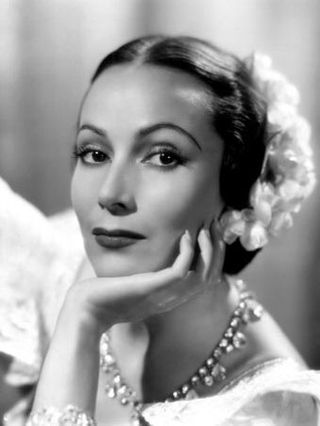
María de los Dolores Asúnsolo y López Negrete, known professionally as Dolores del Río, was a Mexican actress. With a career spanning more than 50 years, she is regarded as the first major female Latin American crossover star in Hollywood. Along with a notable career in American cinema during the 1920s and 1930s, she was also considered one of the most important female figures in the Golden Age of Mexican cinema, and one of the most beautiful actresses of her era.
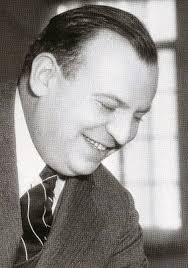
Alexander Dubin was an American lyricist. He is best known for his collaborations with the composer Harry Warren.

Dames is a 1934 Warner Bros. musical comedy film directed by Ray Enright with dance numbers created by Busby Berkeley. The film stars Ruby Keeler, Dick Powell, Joan Blondell, Guy Kibbee, ZaSu Pitts, and Hugh Herbert. Production numbers and songs include "When You Were a Smile on Your Mother's Lips ", "The Girl at the Ironing Board", "I Only Have Eyes for You", "Dames" and "Try to See It My Way".

Robert Harriot Barrat was an American stage, motion picture, and television character actor.
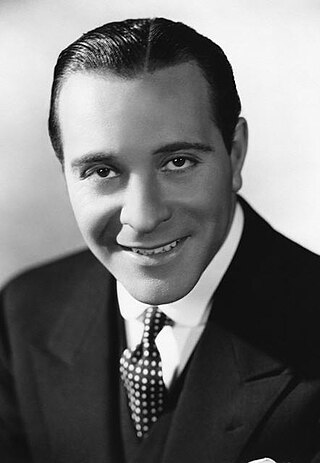
Ricardo Cortez was an American actor and film director. He was also credited as Jack Crane early in his acting career.

Gold Diggers of 1933 is an American pre-Code musical film directed by Mervyn LeRoy with songs by Harry Warren (music) and Al Dubin (lyrics). The film's numbers were staged and choreographed by Busby Berkeley. It starred Warren William, Joan Blondell, Aline MacMahon, Ruby Keeler, and Dick Powell. It featured appearances by Guy Kibbee, Ned Sparks and Ginger Rogers.

Babes in Arms is the 1939 American film version of the 1937 coming-of-age Broadway musical of the same title. Directed by Busby Berkeley, it stars Mickey Rooney and Judy Garland, and features Charles Winninger, Guy Kibbee, June Preisser, Grace Hayes, and Betty Jaynes. It was Garland and Rooney's second film together as lead characters after their earlier successful pairing in the fourth of the Andy Hardy films. The film concerns a group of youngsters trying to put on a show to prove their vaudevillian parents wrong and make it to Broadway. The original Broadway script was significantly revamped, restructured, and rewritten to accommodate Hollywood's needs. Almost all of the Rodgers and Hart songs from the Broadway musical were discarded.

In Caliente is a 1935 American romantic musical comedy film directed by Lloyd Bacon, starring Dolores del Río and Pat O'Brien. The film was written by Ralph Block and Warren Duff. The musical numbers were choreographed by Busby Berkeley. It was released by Warner Bros. on May 25, 1935.

Special Agent is a 1935 American crime drama film directed by William Keighley and starring Bette Davis and George Brent. The screenplay by Laird Doyle and Abem Finkel is based on a story by Martin Mooney. The film was produced by Cosmopolitan Productions and released by Warner Bros.

The Bad One is a 1930 American Pre-Code black-and-white musical film directed by George Fitzmaurice, starring Dolores del Río and Edmund Lowe, and featuring Boris Karloff. It is a romantic prison drama film.
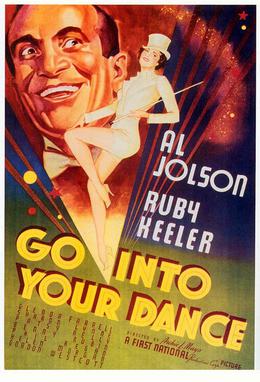
Go into Your Dance is a 1935 American musical drama film starring Al Jolson, Ruby Keeler, and Glenda Farrell. The film was directed by Archie Mayo, and is based on the novel of the same name by Bradford Ropes. It was released by Warner Bros. on April 20, 1935. An irresponsible Broadway star gets mixed up with gambling and gangsters.
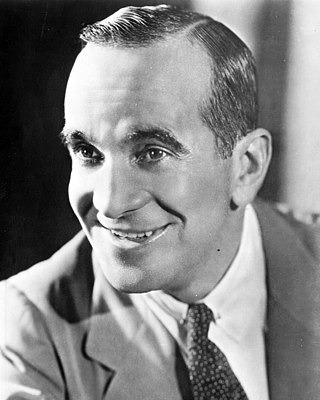
Al Jolson was an American singer, actor, and vaudevillian.

Dolores del Río was a Mexican actress of the 20th century, active in 53 feature films, 1 telemovies and 8 stage plays over 53 years from 1925 and 1978.

Massacre is a 1934 American drama film directed by Alan Crosland. The film stars Richard Barthelmess and Ann Dvorak as its Native American protagonists, and also features Charles Middleton, Sidney Toler, Claire Dodd and Clarence Muse.
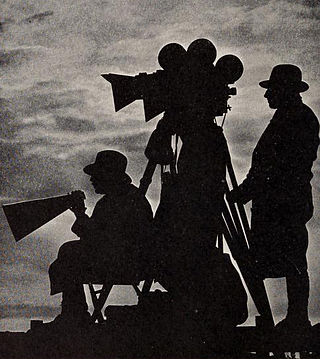
Evangeline is a 1929 American synchronized sound film directed by Edwin Carewe and starring Dolores del Río. While the film has no audible dialog, it was released with a synchronized musical score with sound effects using both the sound-on-disc and sound-on-film process. The film was based on a Arthur Hopkins produced play that made it to Broadway in 1913. It is the last film version of the 1847 poem of the same name by Henry Wadsworth Longfellow that did not include any dialogue.

I Live for Love is a 1935 American musical comedy film directed by Busby Berkeley and starring Dolores del Río, Everett Marshall and Guy Kibbee.





















